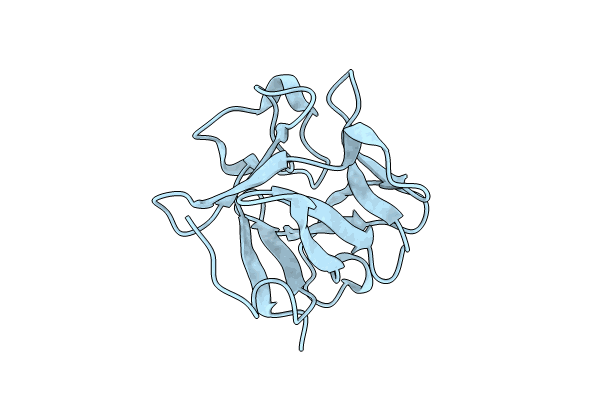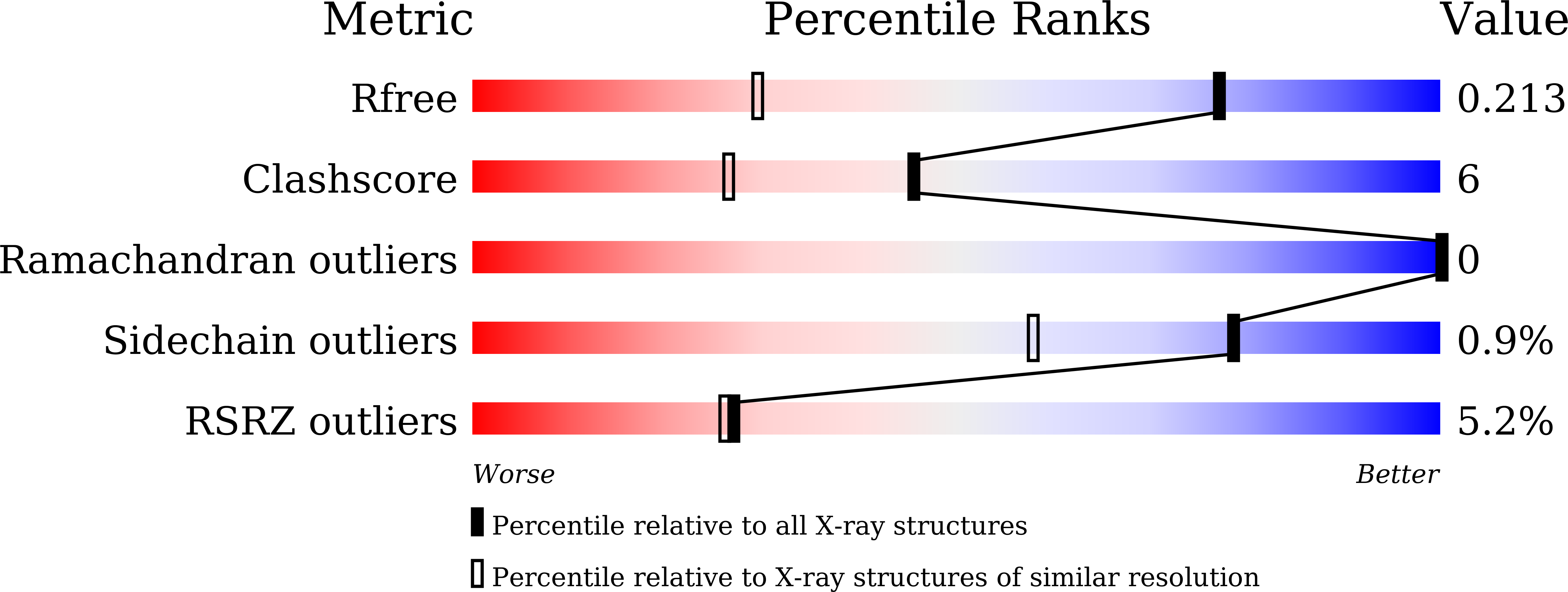
Deposition Date
2022-12-22
Release Date
2024-06-26
Last Version Date
2024-10-16
Entry Detail
PDB ID:
8HU7
Keywords:
Title:
Crystal structure of FGF2-M1 mutant - D28E/C78L/C96I/S137P
Biological Source:
Source Organism:
Homo sapiens (Taxon ID: 9606)
Host Organism:
Method Details:
Experimental Method:
Resolution:
1.40 Å
R-Value Free:
0.21
R-Value Work:
0.18
Space Group:
P 31 2 1


